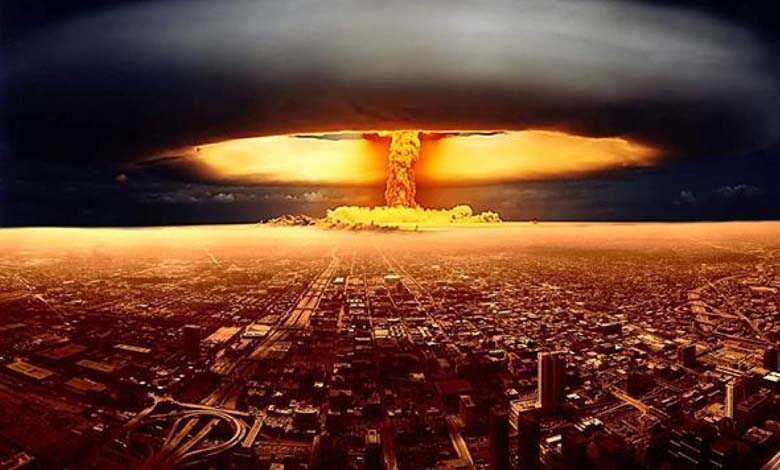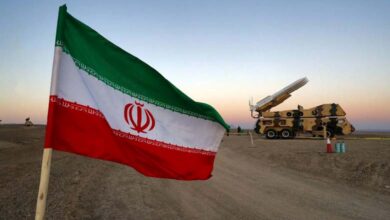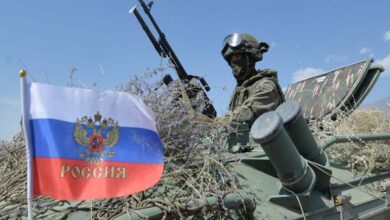What Happens When a Nuclear Bomb Explodes?
Have you ever wondered what would happen if a country used its nuclear weapons against another? What are the resulting losses?

Experts say that a modern nuclear bomb can wipe out an entire city and cause third-degree burns nearby.
However, the explosion’s power depends on the bomb’s size and how it’s detonated, according to a report by on the American site “Business Insider.”
Nuclear Arsenal
Eight countries are recognized to possess nuclear weapons: Russia, the United States, Britain, France, China, Pakistan, India, and North Korea.
For example, the United States has about 5,500 nuclear weapons.
Meanwhile, Russia possesses about 6,000 nuclear weapons, according to the American Scientists’ Union.
According to Tara Drozdinko, director of the European Union’s member states union, American nuclear weapons generally have an explosive power equivalent to about 300 kilotons of TNT.
While Russian nuclear weapons tend to range from 50 to 100 kilotons to 500 to 800 kilotons, although each country has more powerful nuclear weapons.
Drozdinko pointed out that modern weapons are 20 to 30 times more powerful than the bombs dropped on Hiroshima and Nagasaki.
“If the United States and Russia were to launch everything they have, it could likely end civilization,” according to the director of the European Union’s member states union.
This is confirmed by Catherine Higley, professor of nuclear science at Oregon State University, explaining that a single nuclear weapon can easily wipe out an entire city.
“It’s really hard to say: well, this city will survive and that city won’t. It depends very much on the size of the weapon, the terrain, where they detonate it, who’s downwind, and who’s upwind.”
What Happens When a Nuclear Bomb Is Detonated?
When a nuclear bomb hits, it releases a flash of light, a giant orange fireball, and shock waves that destroy buildings.
People at the center of the explosion (within a half-mile range for a 300-kiloton bomb) can be instantly killed.
Others in the nearby area may suffer third-degree burns.
A nuclear explosion of 1,000 kilotons could cause third-degree burns up to 5 miles away, second-degree burns up to 6 miles away, and first-degree burns up to 7 miles away, according to one estimate from AsapScience.
People up to 53 miles away could also suffer temporary blindness.
For Example
What if you were in a city, and you were far enough away from the explosion center that you weren’t exposed to a lethal dose of radiation?
It’s very likely, according to experts, that you would be injured due to building collapse or suffer third-degree burns.
According to Drozdinko, “There aren’t enough burn beds in the entire United States to deal with even a single nuclear attack on a single city in the country.”
Nuclear explosions also produce clouds of dust and radioactive particles similar to sand, which spread into the atmosphere, known as nuclear fallout.
Exposure to this fallout can cause radiation poisoning, resulting in cell damage and death.
Additionally, the falling dust can block sunlight, causing a significant drop in temperatures and shortening the growing season for staple crops.












